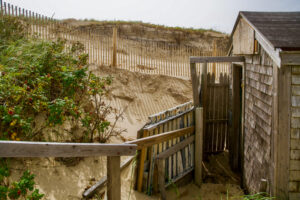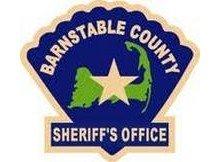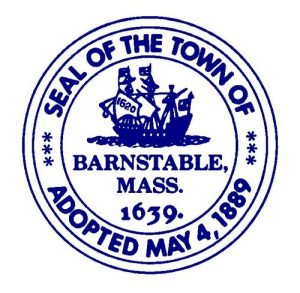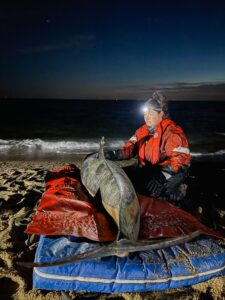
Photo credit: Tatiana Del Deo
EASTHAM – The Cape Cod National Seashore dune shacks were brought up at the recently-reactivated Seashore Advisory Commission meeting on July 1st.
The dune shacks in Provincetown and Truro were thrust into the spotlight last year after Salvatore Del Deo, an artist who occupied and maintained a dune shack for over seven decades, faced eviction. The Del Deo family was able to reach a deal to have him stay for five more years.
Eighteen of the nineteen dune shacks within the historic district are owned by the National Park Service and are currently occupied by different groups and individuals, used for a variety of purposes. The park put out a request for proposals last summer for seven dune shacks to sign new ten-year leases. All of those leases have been awarded and signed.
The chairman of the Cape Cod National Seashore Advisory Commission called the dune shacks a complicated issue at last Monday’s meeting.
The park completed a dune shack preservation and use plan in 2012 after significant input from all stakeholders.
A spokesperson for the Seashore says future management of the shacks will emphasize the preservation of the contemplative solitude of the district, support long-term relationships, minimize interference with natural dune processes, and provide educational opportunities for the public and partners.
The Dune Shacks of Peaked Hill Bars Historic District occupies nearly 2,000 acres at the northern end of Cape Cod National Seashore.
The CCNS shared the following additional information:
“According to the 2011 National Register of Historic Places documentation, the historic district is significant for its role in the development of American art, literature and recreation; for its association with the life of American poet, Harry Kemp; for its collection of dune shacks which represent a regional waterfront expression of a rare and fragile architectural type of shelters; and for its potential to yield further archeological information about prehistory or history.”
“The shacks themselves have their roots in the lifesaving huts of the maritime era in the mid-19th century. The first lifesaving station in the area was built in 1872 and was known as the Peaked Hill Bars Lifesaving Station. In 1914, the first recorded transition from a lifesaving structure to a private residence took place. The 1920s through the 1950s saw the construction of the shacks that exist today, and of several that no longer exist. In 1961, when Cape Cod National Seashore was established, dune dwellers continued to live in the shacks.”
Here’s CapeCod.com’s history of the dune shacks from 2020.
By Jim McCabe, CapeCod.com NewsCenter























